Beneath city streets, parks, squares, rivers, at a depth of more than 50m, pass the lifeblood of the city - metro lines that transport 8 to 9 million Moscow residents daily.
It is the widely known Moscow metro.

A total of 12 metro lines, over 300 km of tracks and 190 stations represent a real feat of architecture and construction.
The first line started way back in 1938.
After the end of World War II, the construction of other lines and stations continued, with the expansion of the metro line network in all directions.
According to one anecdote, during the presentation of the metro line construction plan to the communist leader Joseph Stalin, it happened that he dropped a cup of coffee on the project plan, which left a mark in the shape of a circle on the drawing. As the story goes, according to that anecdote, a circular line was built, which is still marked in brown (the color of coffee) on all metro line maps today and which connects all other lines.

After the beginning of the Cold War, the construction of metro stations at greater depths was started, with the idea of using these deep stations as shelters in the event of an attack on Moscow with atomic weapons.
Fortunately, that never happened, and the existence of such "deep" lines and stations made it possible for different metro lines to cross each other.
It seems a little confusing for someone who is in the metro system for the first time, but it can happen that by entering one metro station, you have access to three lines in both directions, at different track levels.
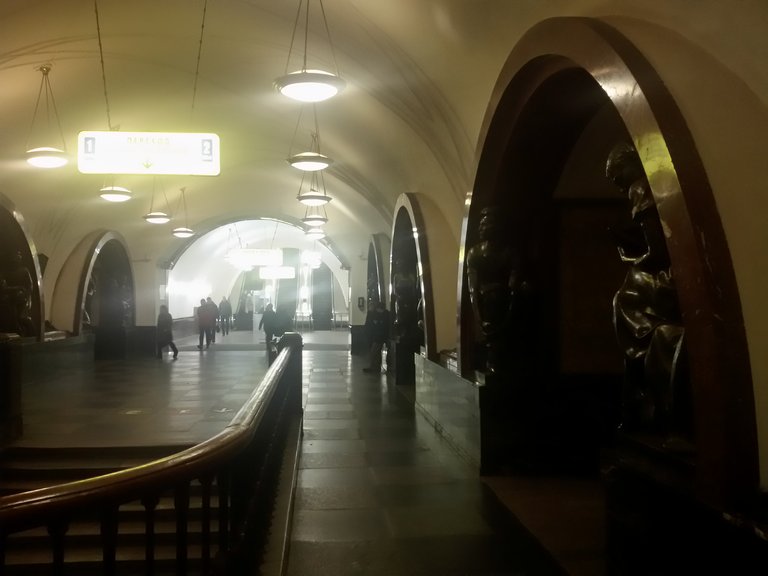

But here I didn't want to tell you about the history of the Moscow metro or the lines or the parts of the city they go to.
I wanted to show you the photos I took in the metro stations while visiting Moscow.
In those days of my stay in Moscow, I went down the long and fast escalators at many stations, in order to make a complete tour of Moscow by subway.
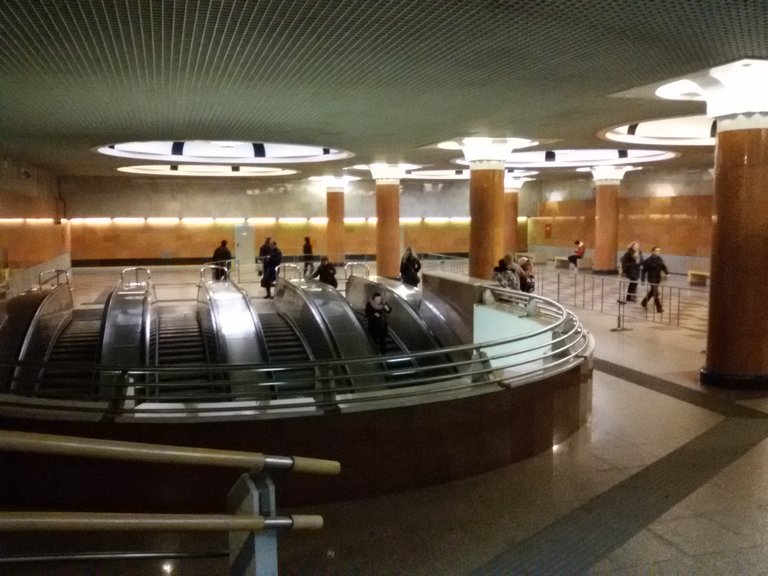

With this, I avoided traffic jams on the streets, on the surface, and at the same time I had the opportunity to admire the beauty of the stations themselves.

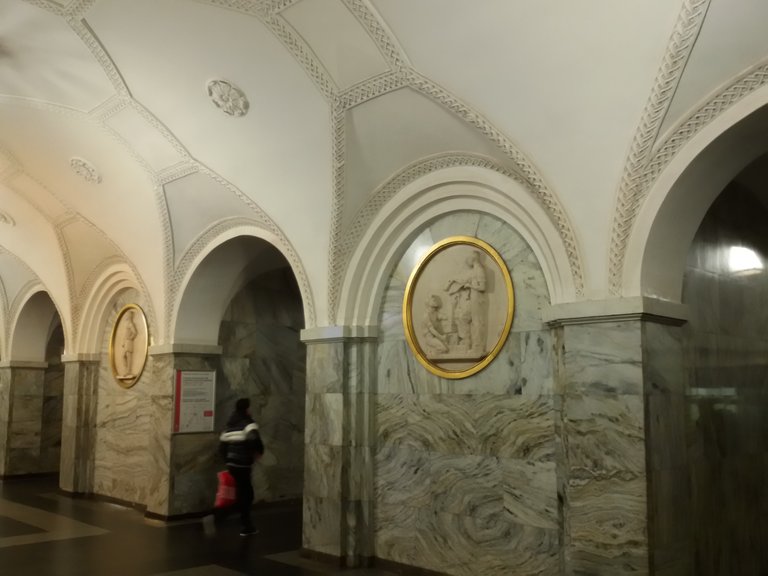
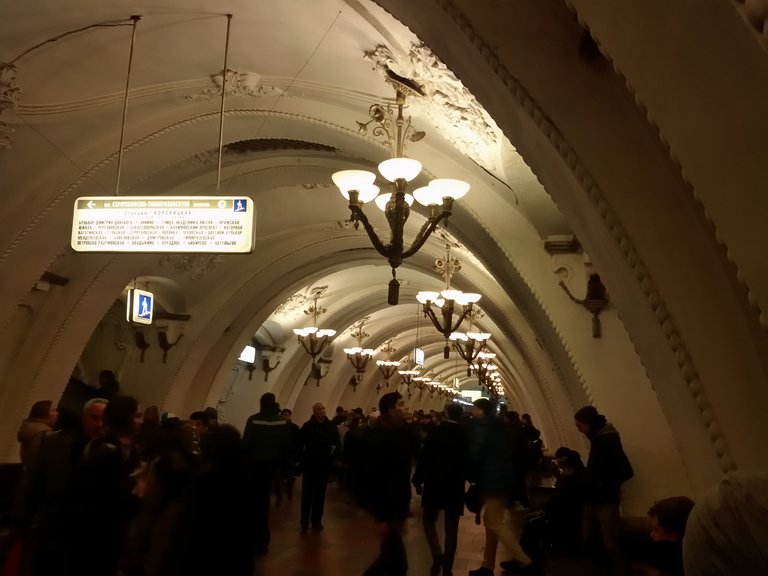



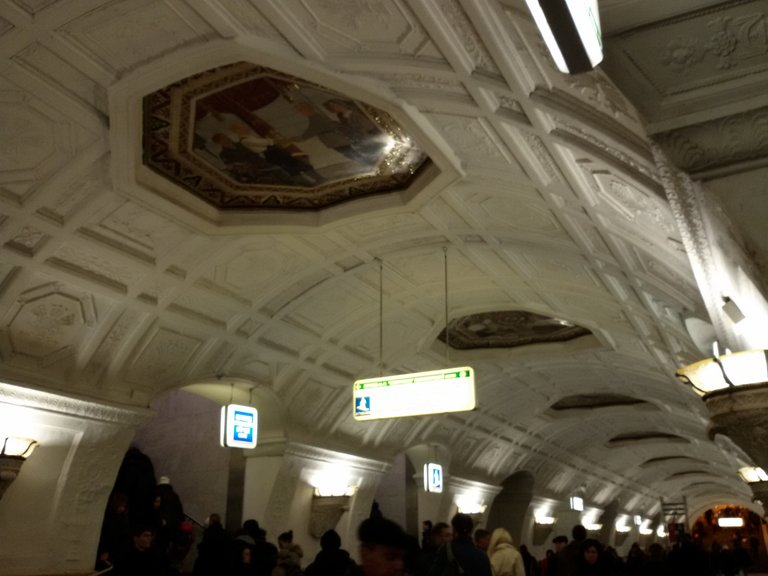
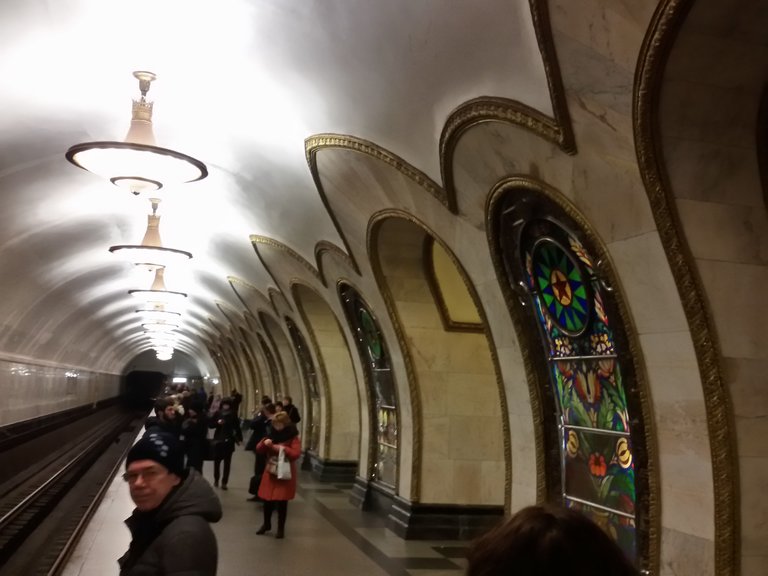


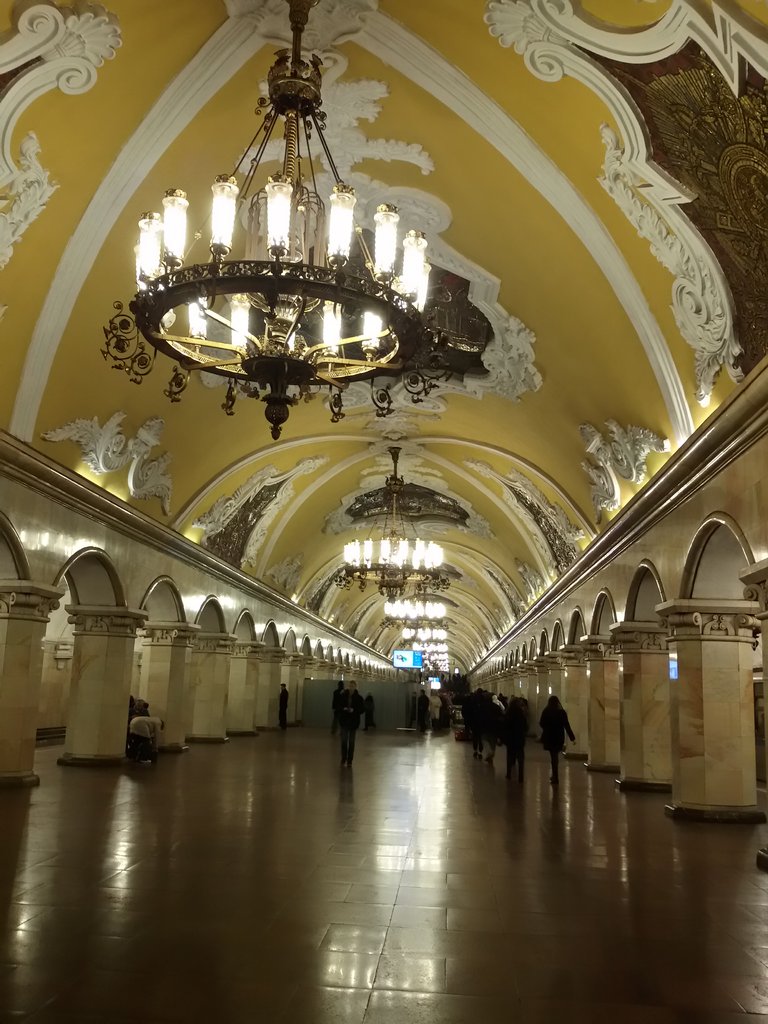
For some of the stations, if I didn't know where I was, I would have thought I was in the lobby of a gallery or museum.
Details from the communist era prevail. Several busts of Lenin, details of the pentacle, hammer and sickle, work actions of the proletariat, but also a lot of scenes from the war.
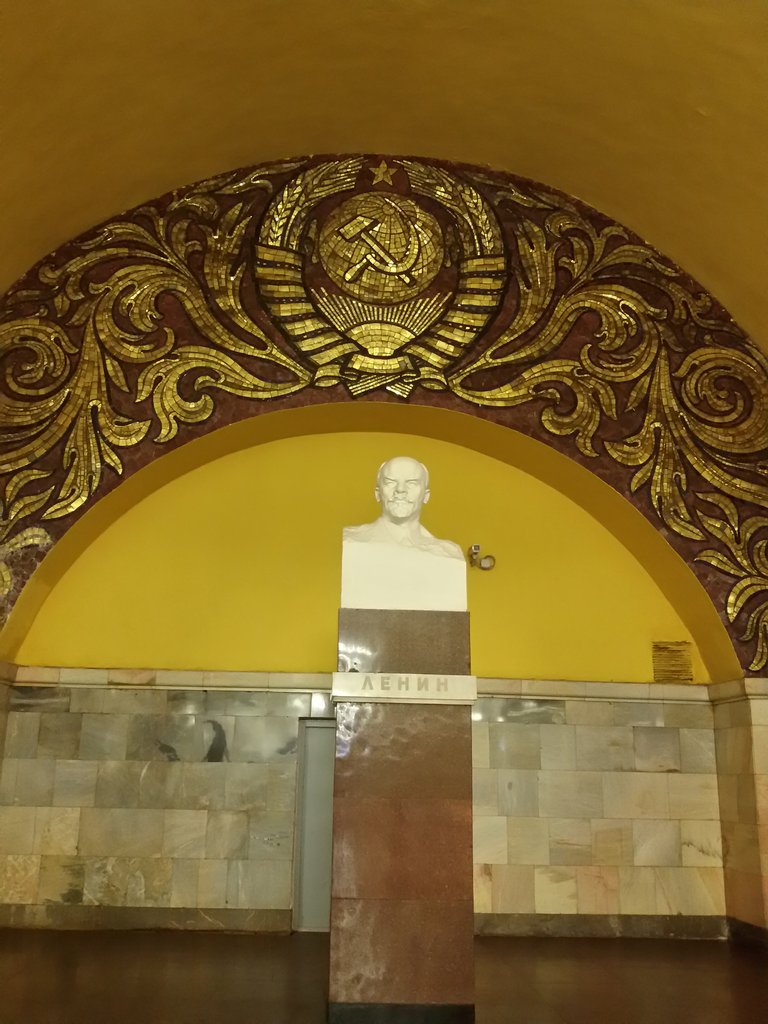


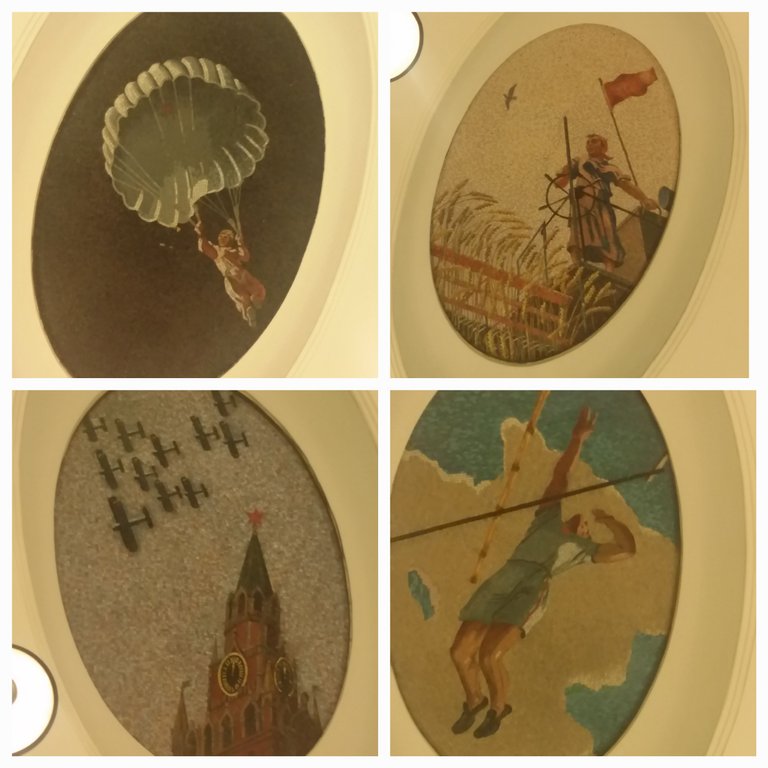
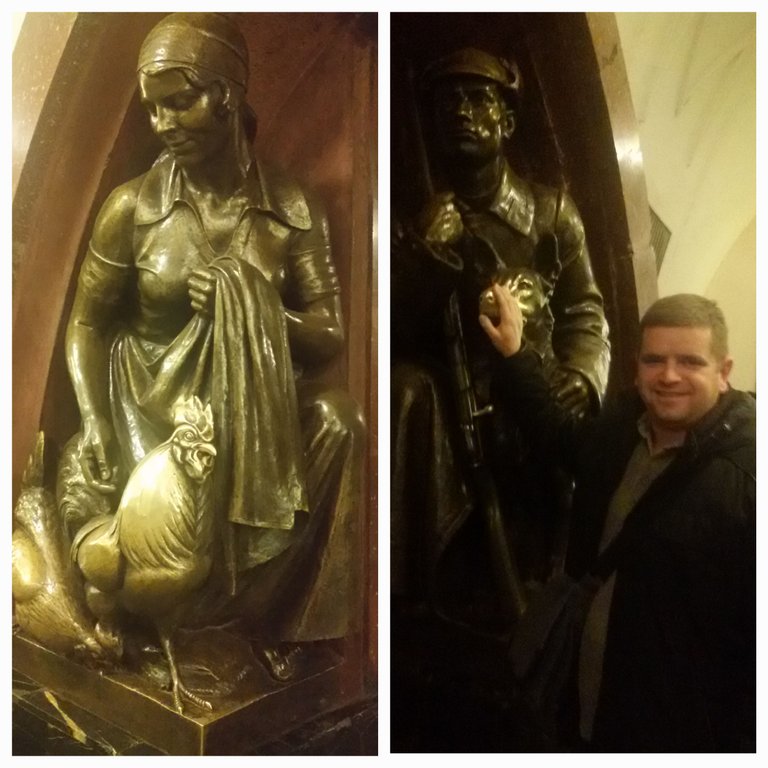
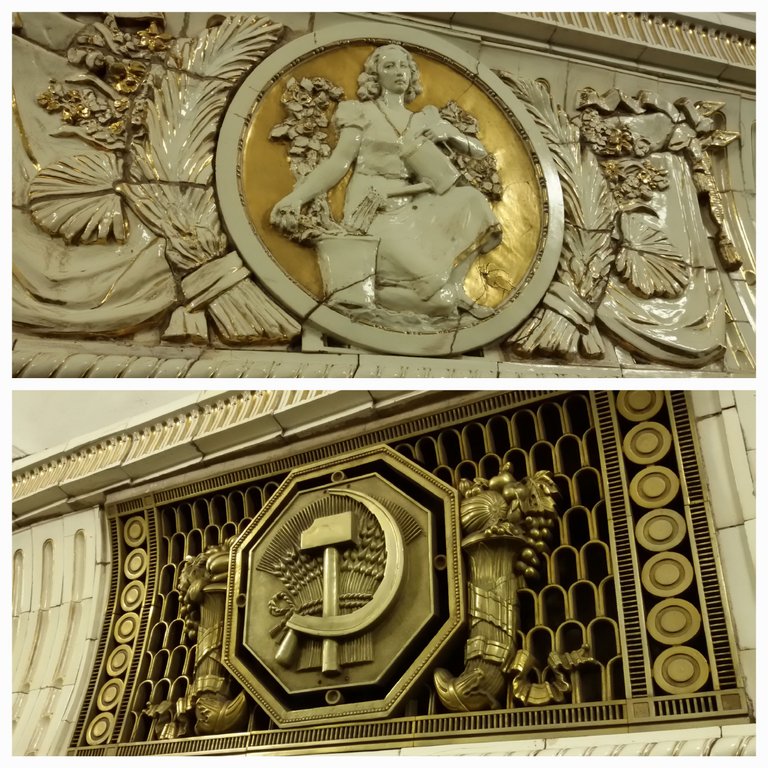

According to the details on each station, it is possible to determine in what time it was built...
In addition to the beauty that adorns these stations, they are also characterized by impeccable cleanliness, considering the number of people they transport daily.
The compositions of the trains (yes, I spelled it right, trains, because the distance of the rails is the same as for classic trains) go from the old pre-war ones to the new modern ones.
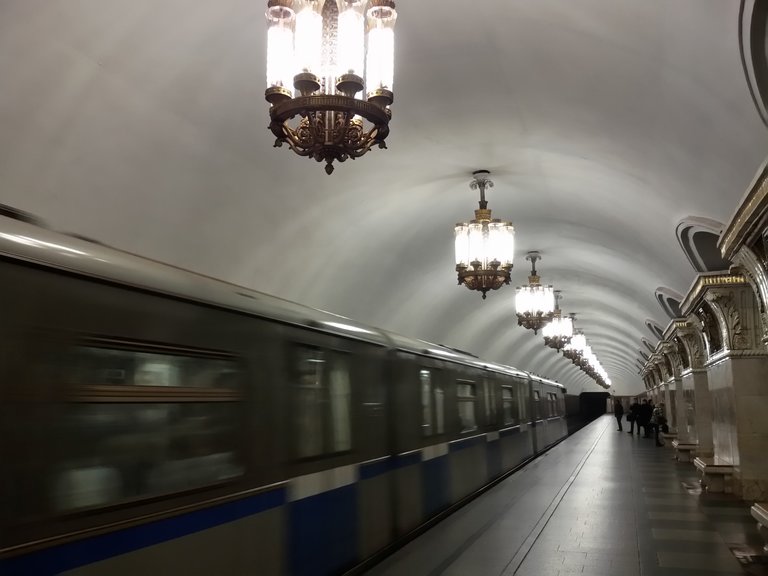




The frequency with which the trains run is incredible. I was surprised that passengers could be seen running to get on the train, even though if one "escapes" the other will arrive in less than a minute during rush hour.
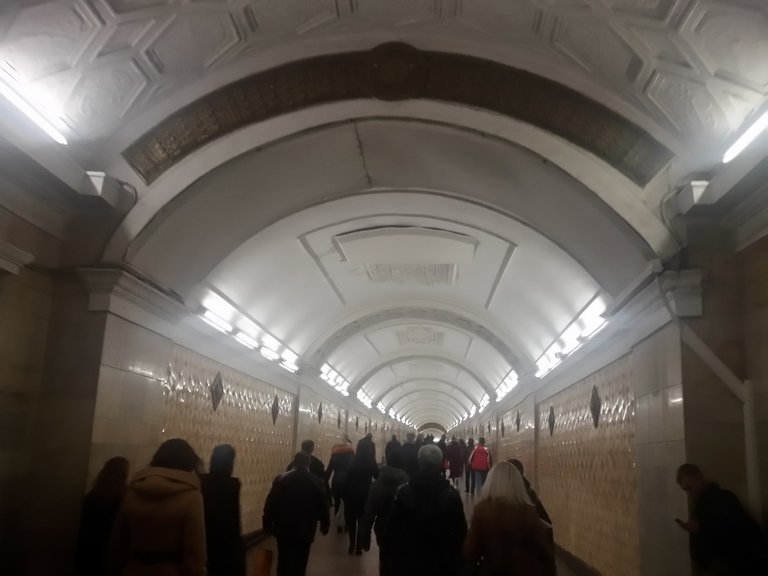
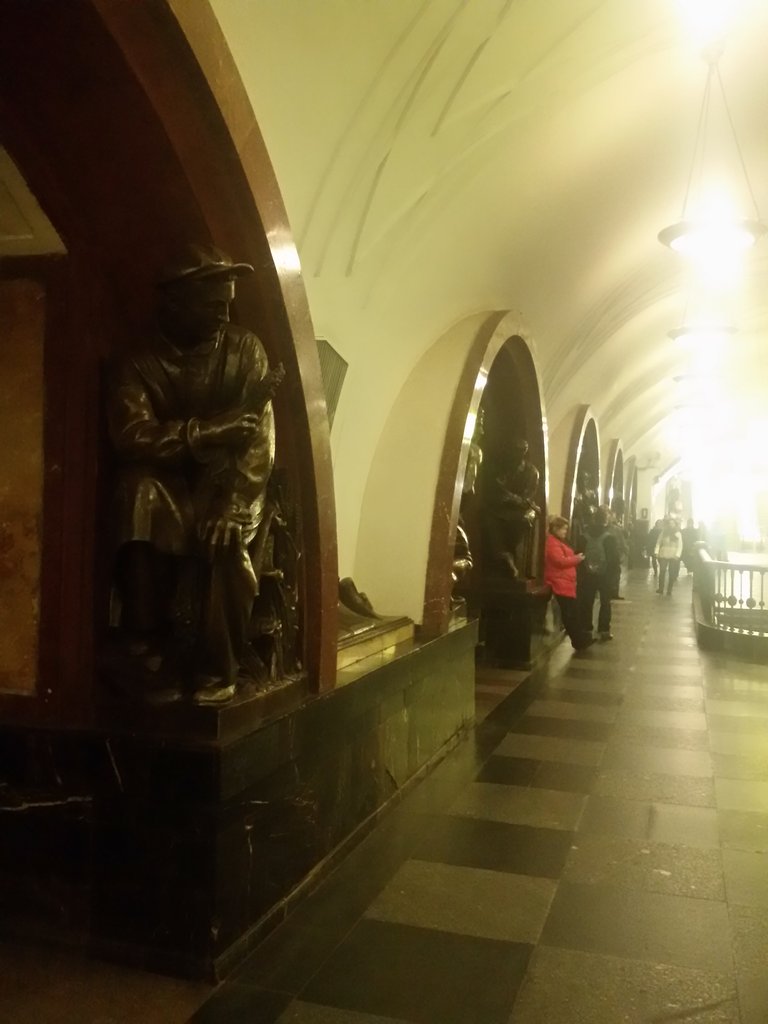


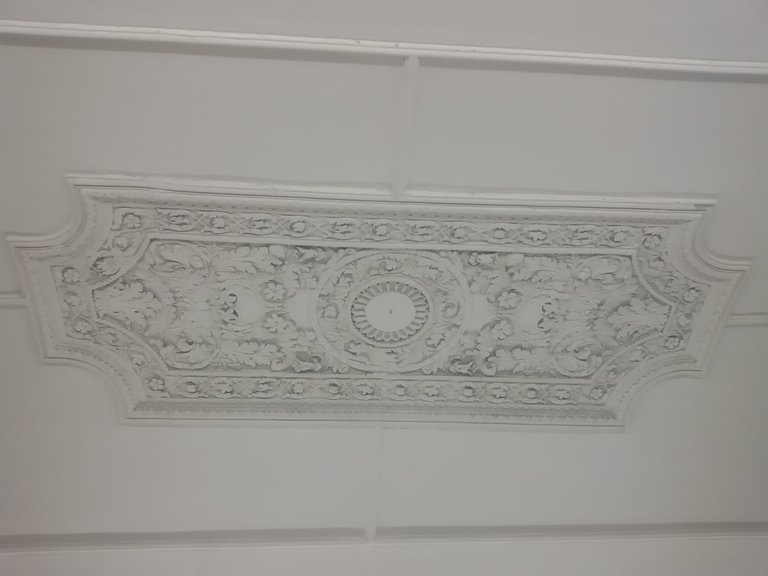


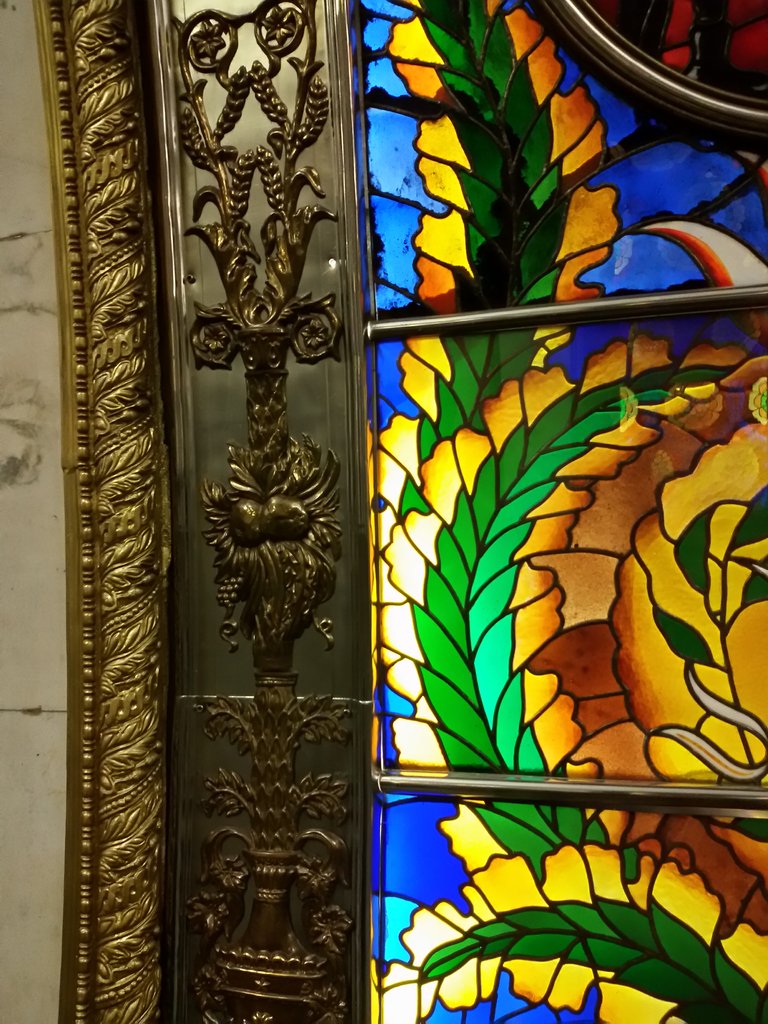
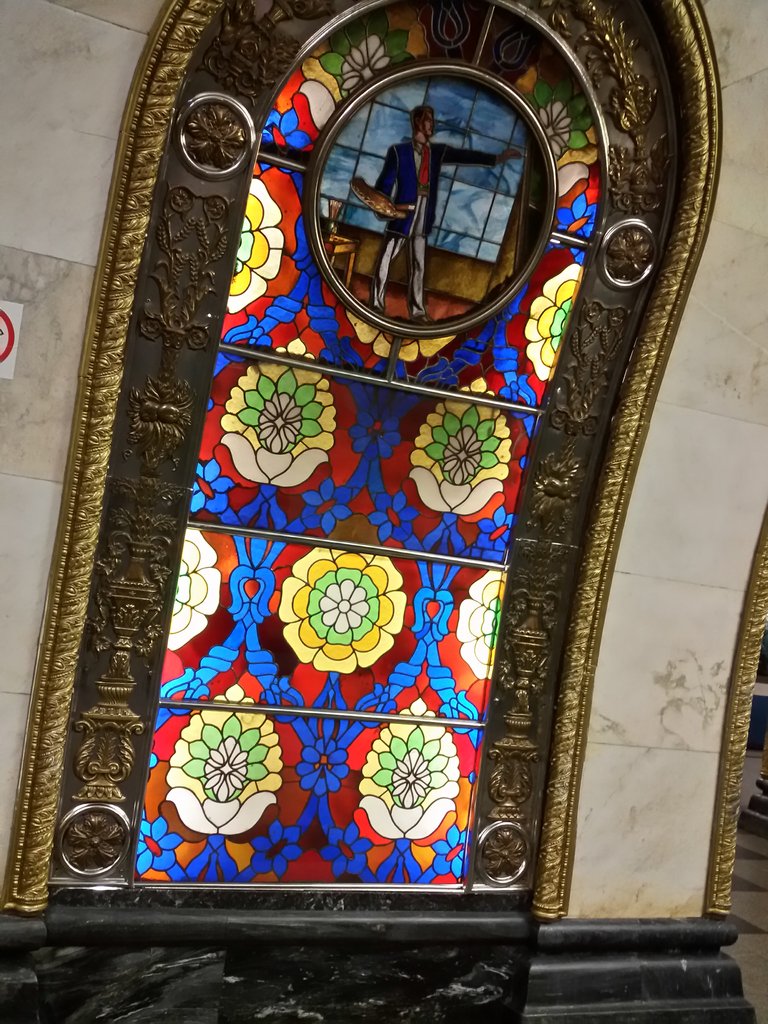
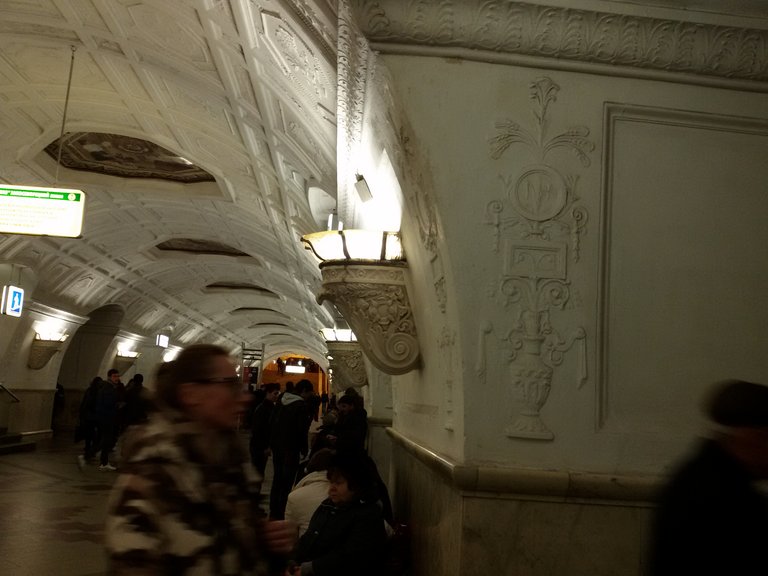
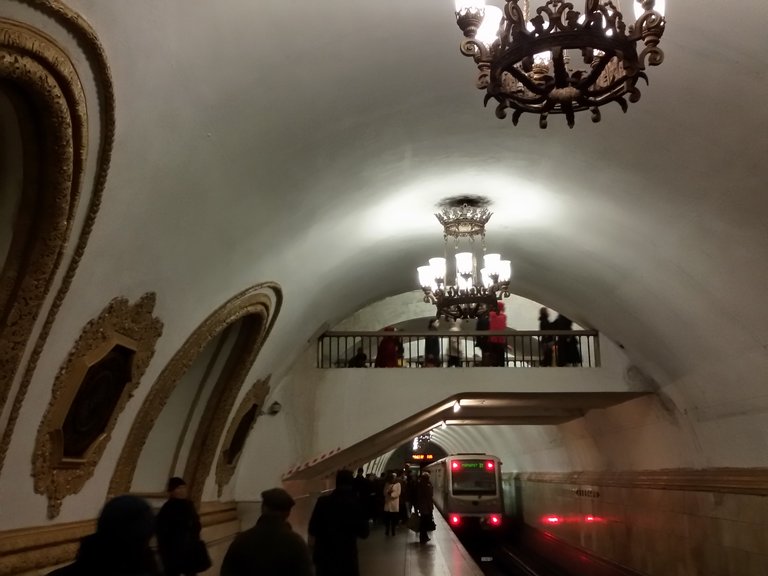



Visiting so many stations in this huge city can tire a tourist (especially me), so I often used the opportunity to sit down and miss two or three departures, in order to take a break. I was joking a bit, so I lay down at one station, but I can bet that sleeping on these benches is strictly prohibited.

Once you buy a ticket and enter the metro system, you can ride and stay in trains and stations until you leave the surface.



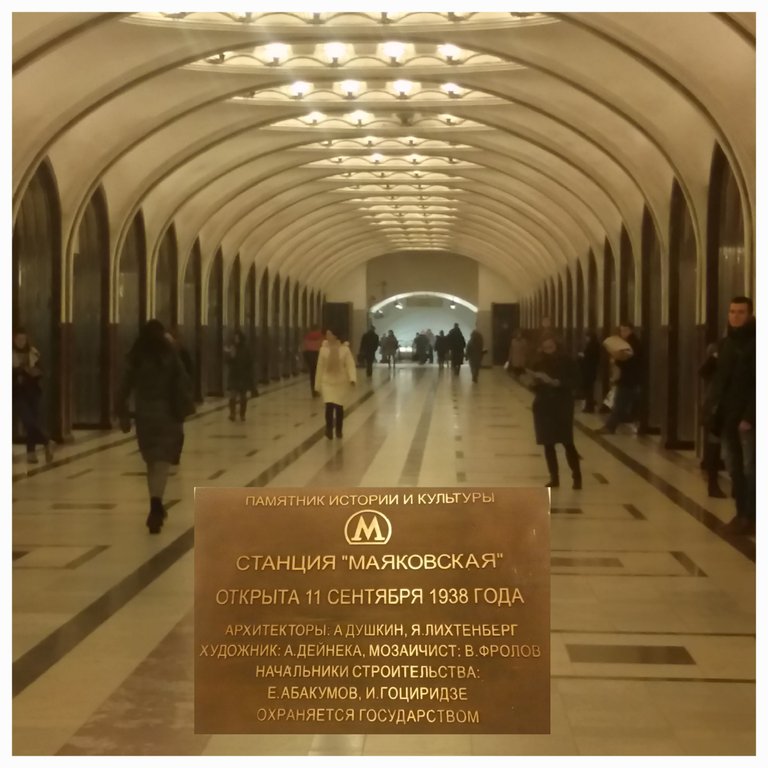
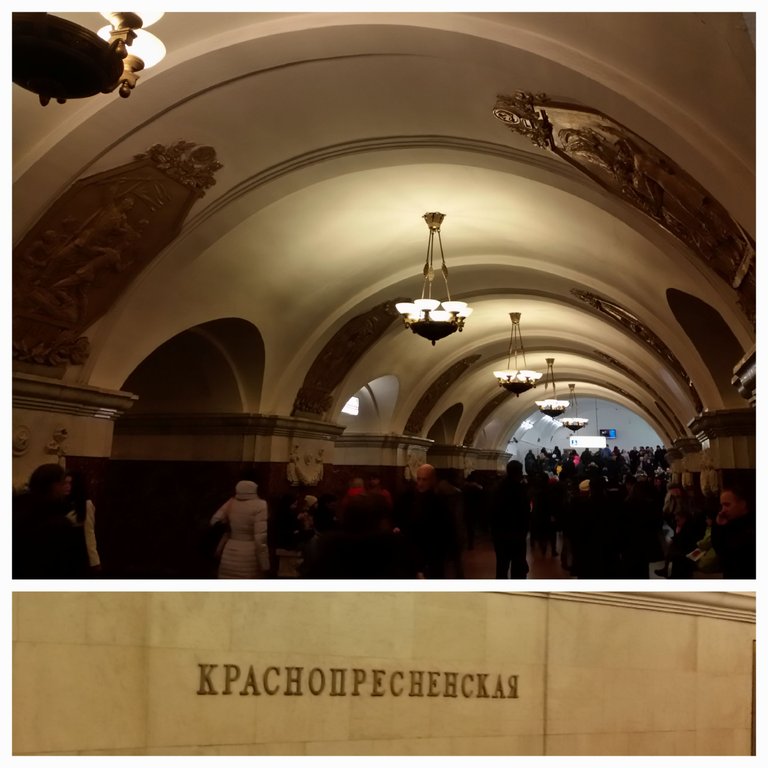
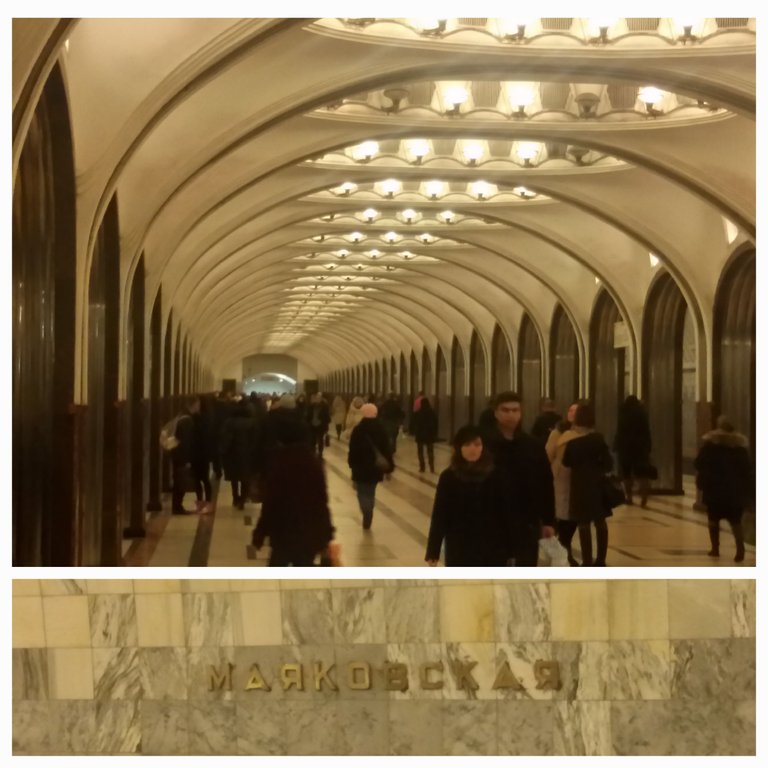
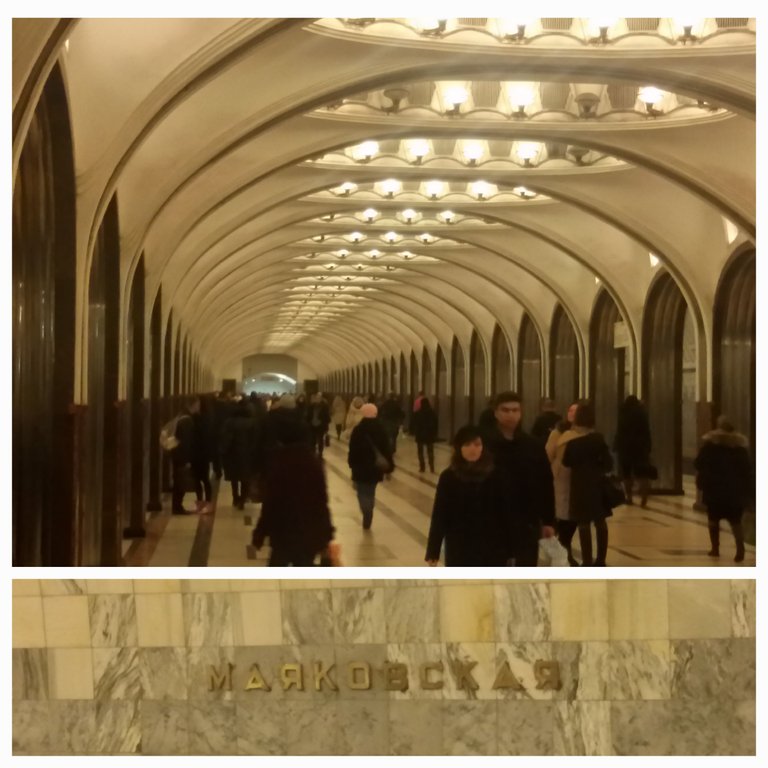
I used it to visit as many stations as possible that are in the "must see" brochures.
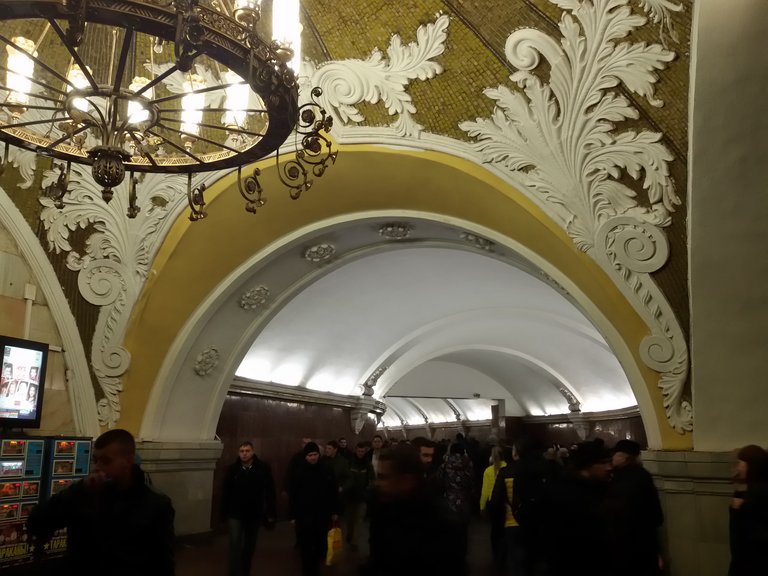
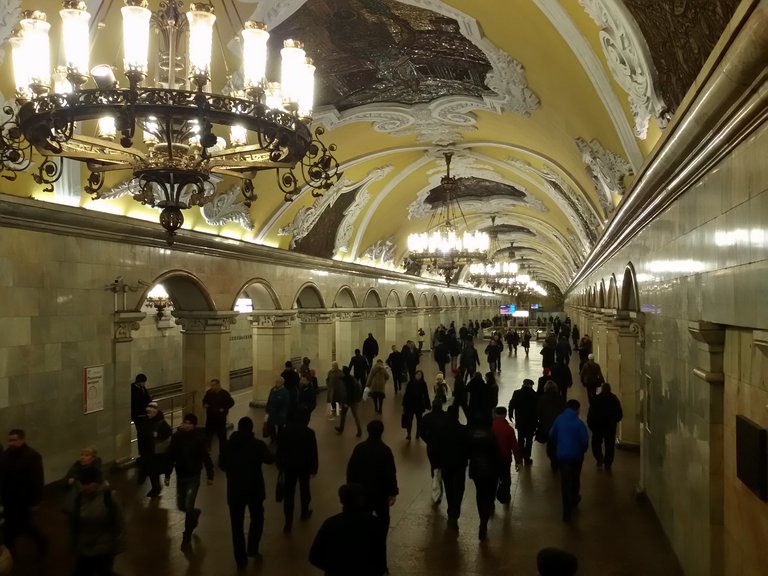



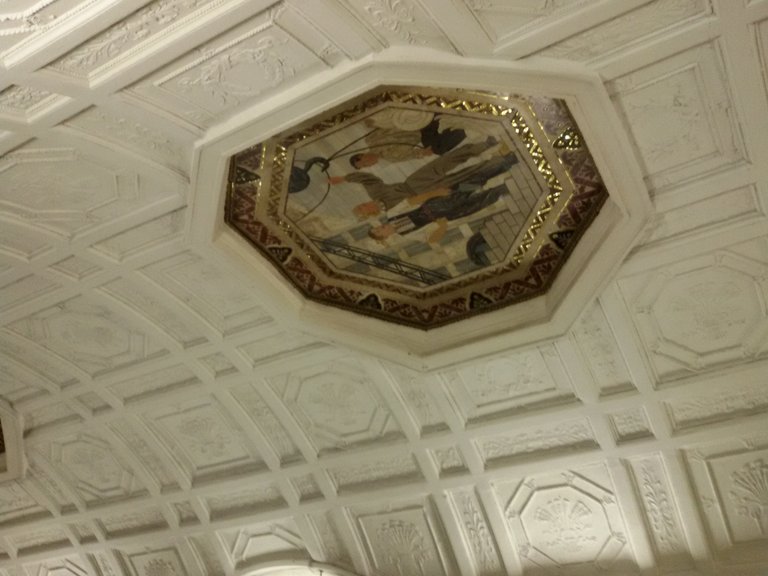


I'm glad you stopped by my post and took the time to read and look at the pictures. I hope you like them.
I will dedicate the following posts to the above-ground beauty of the Russian capital.
A big greeting Hiveans!